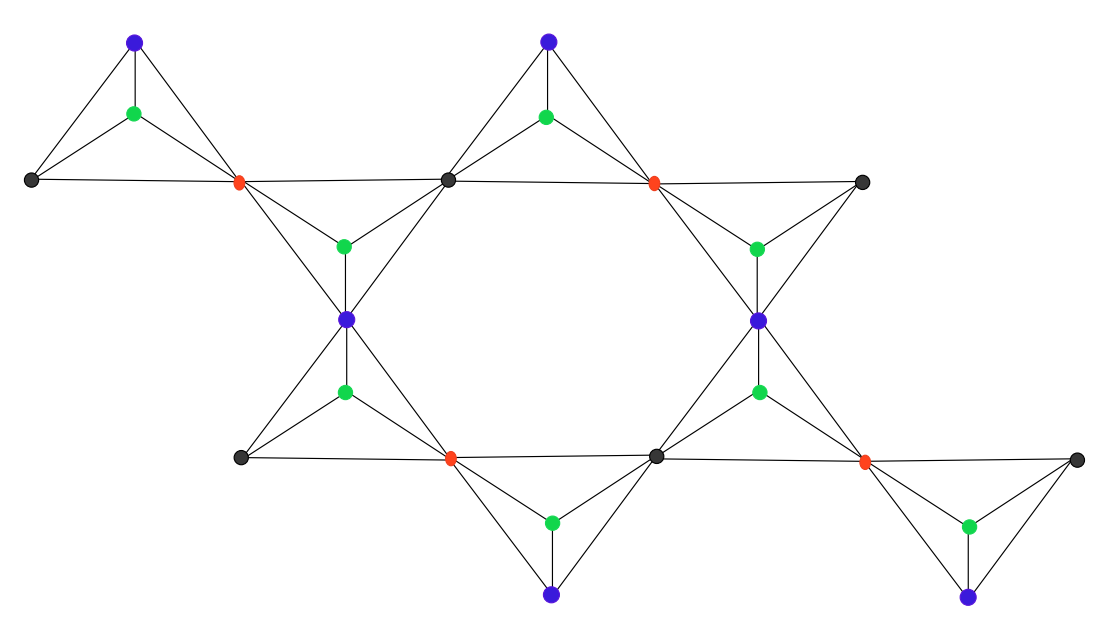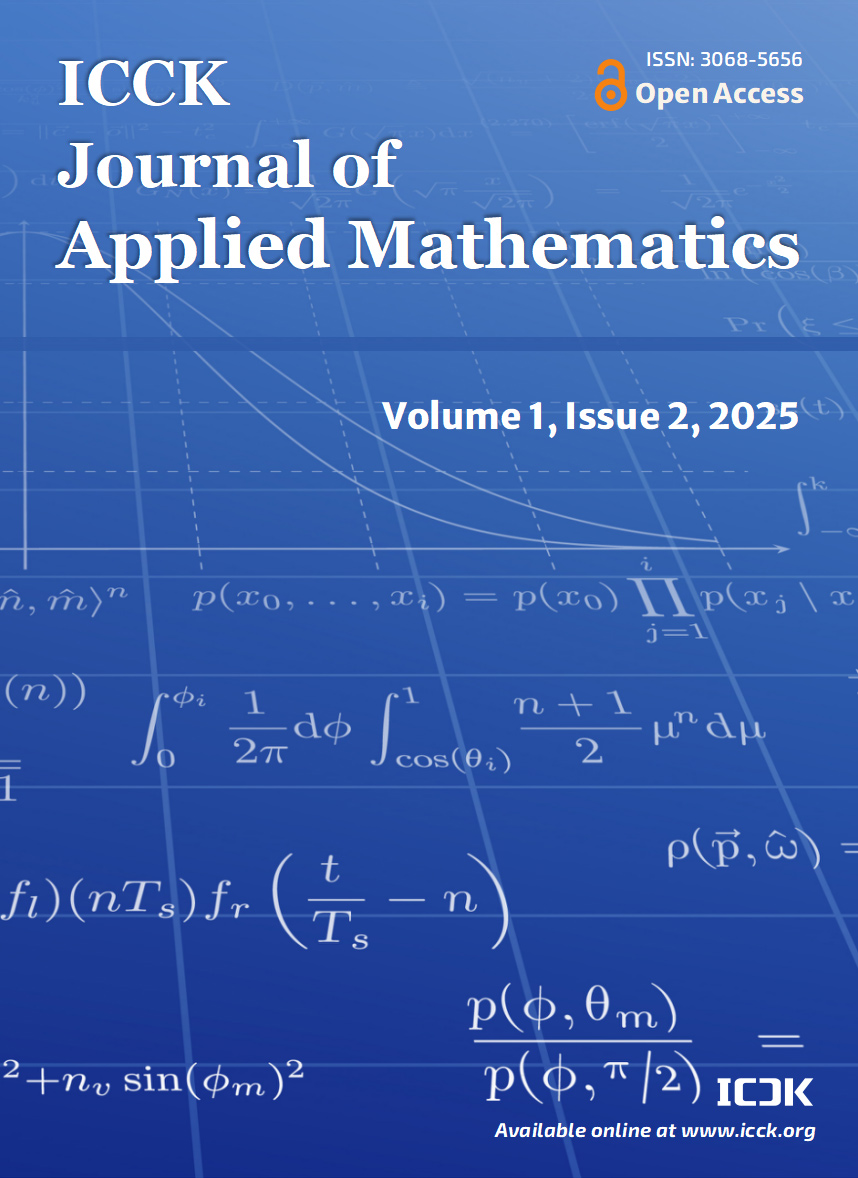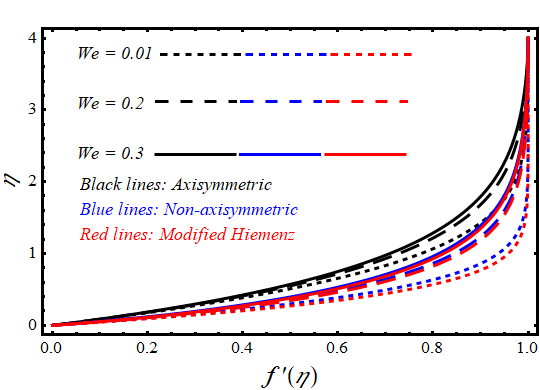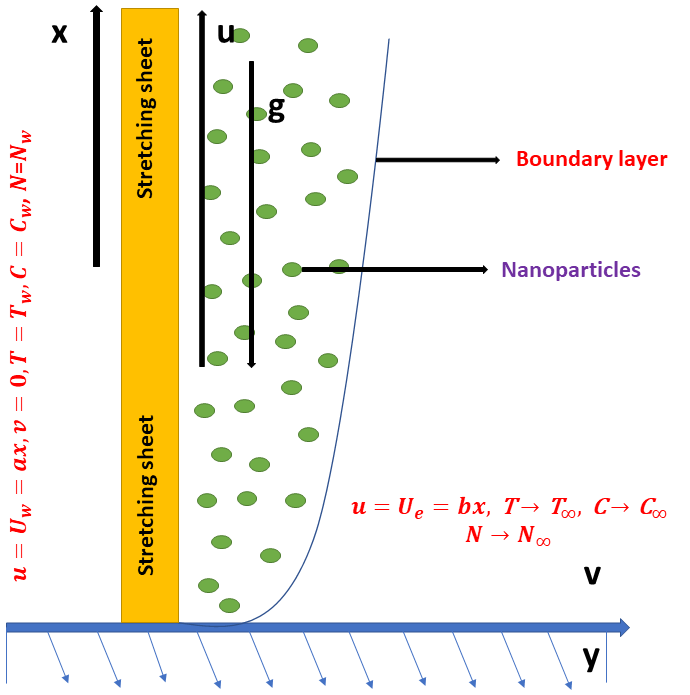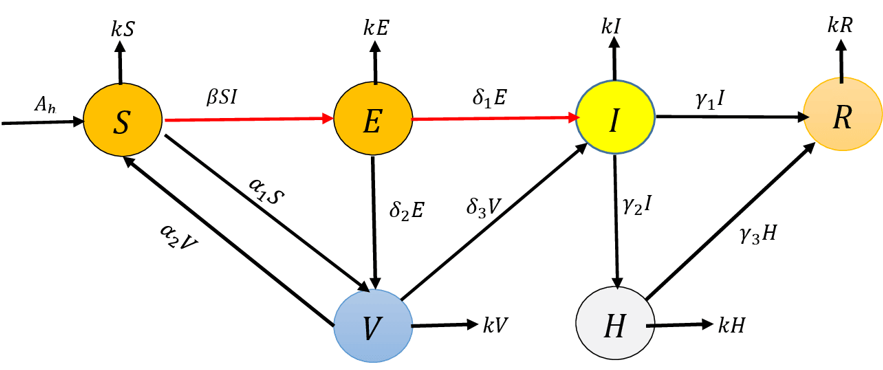ICCK Journal of Applied Mathematics | Volume 1, Issue 2: 86-96, 2025 | DOI: 10.62762/JAM.2025.445811
Abstract
In this article, we specially focused on rhombus silicate molecular structure. Graph is a data structure for describing complex systems, which contains a set of objects and relationships. A molecular graph, also known as a chemical graph, is a graph-theoretic representation of the structural formula of a chemical compound used in chemical graph theory and mathematical chemistry. A chemical graph is a labelled graph whose edges represent covalent bonds and vertices represent the atoms. A set of vertices (atoms) of a graph G is known as its dominating set with respect to the vertices, if every vertex other than that set is adjacent to some vertex in set. The vertex and edge dominating sets, to... More >
Graphical Abstract
